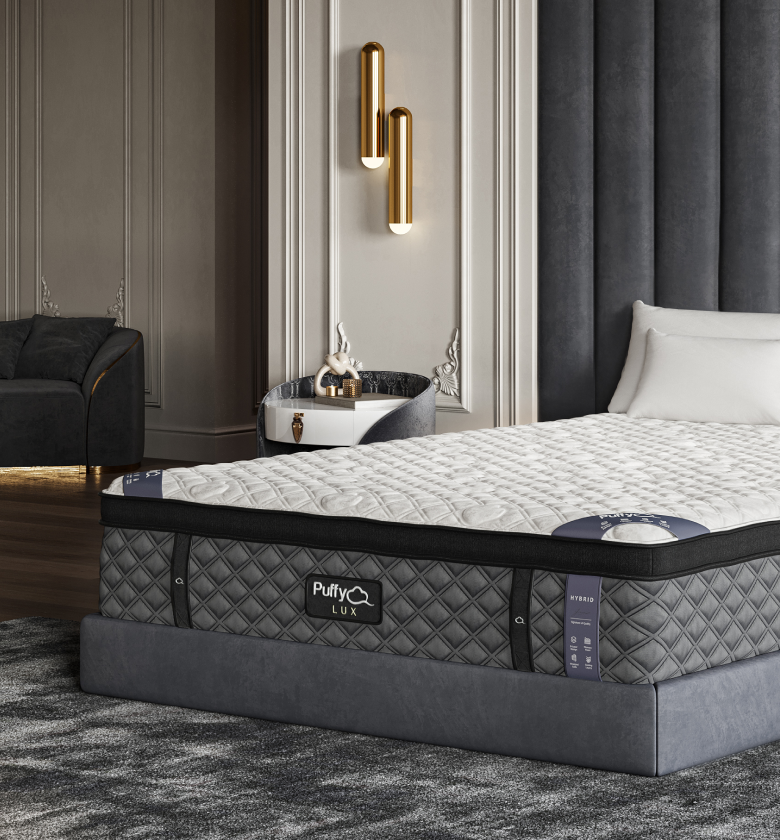Buying a bunk bed mattress is not just about aesthetics or how cool your kids' room will look with those fancy linens. It's more about safety, comfort, and the overall quality of sleep your little ones will get. In this guide, we'll dig deep into the specifics of how thick a bunk bed mattress should be, the role of materials, and why size genuinely matters.
- How Thick is a Bunk Bed Mattress?
- The Importance of Bunk Bed Mattress Thickness
- Material Matters: Types of Bunk Bed Mattresses
- Safety Considerations: How Thickness Affects Safety Rails
- Age and Weight: Do They Matter?
- How to Measure the Thickness of Your Bunk Bed Mattress
- Conclusion: Striking the Right Balance
How Thick is a Bunk Bed Mattress?
When it comes to bunk beds, thickness is often an overlooked feature, but it shouldn't be. A typical bunk bed mattress can range from 5 to 8 inches thick. But is that ideal for everyone? Not necessarily. Several factors go into deciding the perfect thickness for a bunk bed mattress, including age, weight, and safety measures. Read on to understand more about these variables.
The Importance of Bunk Bed Mattress Thickness
The mattress's thickness directly impacts the comfort and safety of the individual sleeping on it. Here's how:
Comfort Level
- Too Thin: A mattress that's too thin could lead to sore backs and less-than-optimal sleep.
- Too Thick: A mattress that's overly thick might make it uncomfortable to climb in and out of bed, particularly for children.
Safety Concerns
- Guardrails: Most bunk beds come with safety guardrails, and a mattress that's too thick might render them ineffective.
- Ceiling Space: The thickness should also consider the distance between the mattress and the ceiling to reduce the risk of injury.
Material Matters: Types of Bunk Bed Mattresses
A mattress’s thickness can be impacted by the material used. Here are some common types:
- Innerspring Mattresses: These are generally bulkier and might be more suitable for bottom bunks.
- Memory Foam: They offer excellent support and are usually thinner, making them suitable for top bunks.
- Latex Mattresses: These are heavier and might not be ideal for bunk beds.
Safety Considerations: How Thickness Affects Safety Rails
Most bunk beds come with safety rails to prevent accidents. A mattress that is too thick might surpass the height of the safety rails, making them ineffective. Always check the manufacturer's guidelines regarding mattress height and ensure it doesn't compromise the function of the safety rails.
Check out Puffy mattress reviews from real customers and see how we compare with other brands.
Age and Weight: Do They Matter?
Absolutely, they do! Younger children are lighter and might be comfortable on a thinner mattress. However, teenagers might require a thicker mattress for additional support and comfort. The weight of the person using the bunk bed should guide your choice of mattress thickness.
How to Measure the Thickness of Your Bunk Bed Mattress
Measuring mattress thickness is a straightforward process:
- Remove all Bedding: Make sure you remove pillows, blankets, and any mattress toppers.
- Use a Ruler or Measuring Tape: Place it at the highest point of the mattress.
- Record the Measurement: Take note of the measurement and compare it to the manufacturer's specifications.
Conclusion: Striking the Right Balance
Finding the right thickness for a bunk bed mattress is a delicate balance of various factors: safety, comfort, age, and weight. Generally, a mattress between 5 and 8 inches thick should suffice, but individual needs may vary.
Use our store locator to find the closest furniture or mattress store near you and feel the cloudlike comfort of our Puffy Mattress in person.
Always refer to manufacturer guidelines and consider the user's needs to make the best decision. Armed with this information, you're now ready to make a well-informed choice for your bunk bed setup. Happy shopping!

- Award-winning comfort.
- Lifetime warranty.
- 101-night sleep trial.
- Free shipping and returns.
- 100% made in USA.












